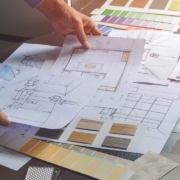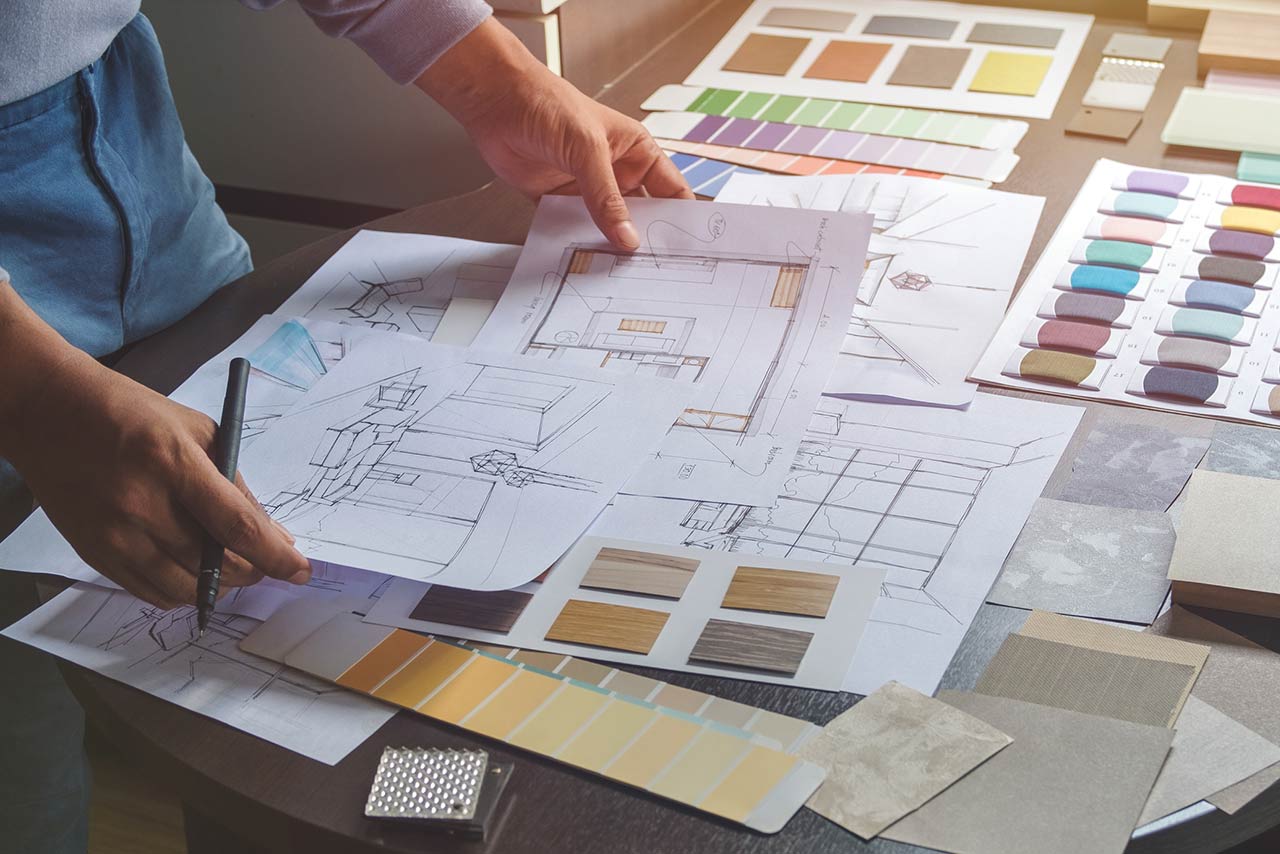7 Tips For Selling Your First Home

Regardless of how long you’ve lived in your first home, selling for the very first time can be a daunting task if it’s not done right. While there are certain factors that you can’t do much about – such as the current market conditions and your location – there are plenty of other components to the selling process that you have total control over, which can significantly impact the end result.
If this is your first time selling a home, take the following suggestions into consideration to help make the process a smooth and successful one.
1. Stage Your Home
First impressions go a long way, so the better your home looks in the eyes of buyers, the better. Make sure to take some time to declutter your home and clean it up, and consider investing in professional home staging. These professionals will neutralize your decor and arrange your furniture appropriately so that buyers will be more attracted to the style and be better able to see themselves living there.
2. Price Your Home Right
A lot of sellers believe their homes are worth more than they really are. At the end of the day, your home is only worth what buyers are willing to pay for it, which is dictated by the current market in your local area. If you price too high, you’ll end up with a stale listing that’s doing nothing but scaring buyers off.
Instead, if you price appropriately, you’ll make your home more competitive in the market and attract more attention without having to make price reductions after the fact.
3. Disclose Pertinent Information
As the seller, you’re obligated to disclose all issues with the home that you are aware of, and you need to communicate these facts though disclosure statements. If you fail to reveal a problem with the home that you knew about and the issue comes up after the new buyers move in, you could be stuck ironing out these issues in court.
4. Be Flexible With Showings
The easier you make it for buyers to come and see your home, the more showings you’ll get. Try to be as flexible as you can when it comes to showings. Don’t severely limit the days and times that buyers can make appointments to visit. Their work schedules and family responsibilities can make it tough to work around your strict viewing times; instead, make showings flexible enough for buyers’ schedules.
5. Emotionally Detach Yourself
The home selling process is an emotionally charged one. After all, it’s your home we’re talking about, and is perhaps where you’ve dwelled for years, raised a family, and made memories. Letting go of it can be hard, and receiving offers for significantly less than what you believe the home is worth can be disappointing and even insulting.
Try not to take anything personally. While it may be a home to you, it’s essentially just a building to buyers until they move in and start making their own memories there. Don’t let your emotional attachment to your home cloud your judgment and your ability to make the right decisions, especially when it comes to staging and pricing your home, as well as how you handle offers and negotiations.
6. Be Open Minded Through the Negotiations
Speaking of negotiations, it’s crucial to keep an open mind during these discussions. You might not like what you see with an offer, but that doesn’t mean there can’t be a meeting of the minds and an eventual deal that both parties can be satisfied with. Consider what’s most important to you: the asking price, the closing date, the deposit amount, and so forth. These are all things you’ll need to consider as you evaluate offers that come in.
Don’t forget that you can always counter an offer, rather than just toss it out the window if you see something you don’t like. Entertain the offer to see how far you can go with it.
7. Hire an Experienced Real Estate Agent
Forget about going solo on your home sale, especially if this is your first time. A real estate transaction is typically a complex one that involves a lot of little details that you may not be familiar with. A professional real estate agent will have the education and the experience to handle the process diligently so that there are no holes in the deal.
The Bottom Line
You’re ultimately in the driver’s seat when it comes to choosing a listing price, accepting/countering offers, and plenty of other factors. Selling your first home can be challenging and even emotionally draining, but if you heed these suggestions, you can make the process much more streamlined.



















